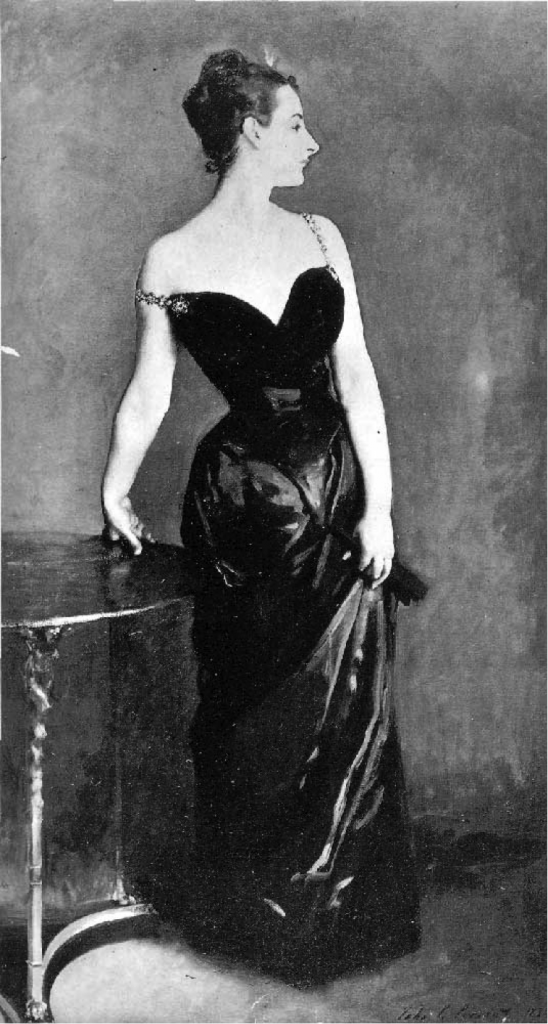Nearly every Civil Rights icon becomes more of a symbol than a complex human being over time, a consequence of iconography in general. This has certainly been the case with opera singer Marian Anderson. “If Americans know one fact about the legendary African-American contralto Marian Anderson,” Kira Thurman writes at The New Yorker, “it’s that she sang in defiance on the steps of the Lincoln Memorial, in 1939.”
We probably also know that Anderson took to the steps of the monument again in 1963 to sing “He’s Got the Whole World in His Hands” before Martin Luther King, Jr.‘s “I Have a Dream Speech” at the March on Washington. In her official portrait at the National Portrait Gallery, she stands regally before the Lincoln Memorial’s columns in her fur coat, gazing resolutely into the middle distance, her hair gray with age and wisdom. It’s the defining image of an artist whose defiance has come to overshadow her art.
The image is an undoubtedly powerful one, a key moment in the seemingly unending struggle for justice in the United States, as well as “one of the most important musical events of the 20th century,” Anastasia Tsioulcas writes at NPR. Anderson “had never faced such an enormous crowd” — 75,000 people of all races and backgrounds. “She was terrified,” and later wrote, “I could not run away from this situation. If I had anything to offer, I would have to do so now.” She may have confessed to stage fright that day, but some characterizations do not do justice to her professionalism. Anderson did not fear crowds or bigotry.
When she sang at the Lincoln Memorial, Anderson was 42 years old and very much an international star. Four years earlier, she had returned from Europe “as one of the most revered people on the planet” and performed at the White House for Eleanor Roosevelt. It was Roosevelt who arranged the 1939 Lincoln Memorial concert — after resigning from the Daughters of the American Revolution when the all-white group refused to rent the 4,000-seat Constitution Hall to Howard University for their annual concert event for Anderson.
Roosevelt had and would continue to intervene in many such instances of racism, using her power for democratic good. Anderson, while not an activist, was not new to musical protest. In 1935, her application to sing at the Salzburg Festival in Austria had been similarly rejected, on the heels of a Nazi riot over Black baritone Aubrey Pankey’s performance in the city earlier that year. “What Anderson did next illustrates a pattern of behavior that she would deploy as a weapon throughout her career,” Thurman writes. “She showed up anyway.”
Anderson held a small concert for a few devoted listeners at Mozarteum concert hall, then a few days later in a hotel ballroom for “hundreds of elite musicians, who applauded her act of defiance,” and shared in it themselves. After this concert, famed conductor Arturo Toscanini met her backstage and said, “What I heard today one is privileged to hear only once in a hundred years.” Anderson, “became an international superstar overnight.” She built a reputation through bold acts of defiance, but her greatest contributions were always to music.
The “dignified, stoic, middle-aged Black woman” who appeared at the Lincoln Memorial was young once, writes Thurman, and as much a sensation in Europe as Josephine Baker. She’s been characterized as “modest” and self-effacing, but she was also ambitious, an incredibly talented child prodigy who knew she would find too many doors closed in the U.S. Like many Black artists of the early 20th century, she became a confident, celebrated ex-pat: “Walking down Salzburg’s hilly cobblestone streets during her first day in the Alpine city, in the summer of 1925, Anderson was trailed by a cadre of journalists everywhere she went.”
Ten years later, Anderson would find things very much changed in Europe, and find herself feeling as alienated in formerly welcoming Austria as she had in her home country. (She was mourned by her Austrian fans. One critic wrote of her last performance, “[her] music makes those people happy who have not yet given up their belief that all men are equal.”) By 1939, Anderson was a veteran not only of opera and music hall stages around the world, but of facing up to racism and discrimination.
“A quiet, humble person,” writes NPR’s Susan Stamberg, “Anderson often used ‘we’ when speaking about herself,” referring to the “many people whom we will never know,” she once said, but who make our lives possible. In the first song she sang at the Lincoln Memorial, “My Country, ‘Tis of Thee,” she changed the words of the third line from “of thee I sing” to “to thee we sing,” a move that “can be heard as an embrace, implying community and group responsibility.” It could also imply Anderson’s consciousness of herself and her community as marginalized outsiders in the country of their birth, or her sense of herself as addressing an integrated nation in that chilly, November outdoor crowd.
Related Content:
Hear the Highest Note Sung in the 137-Year History of the Metropolitan Opera
Hear Singers from the Metropolitan Opera Record Their Voices on Traditional Wax Cylinders
Josh Jones is a writer and musician based in Durham, NC. Follow him at @jdmagness












